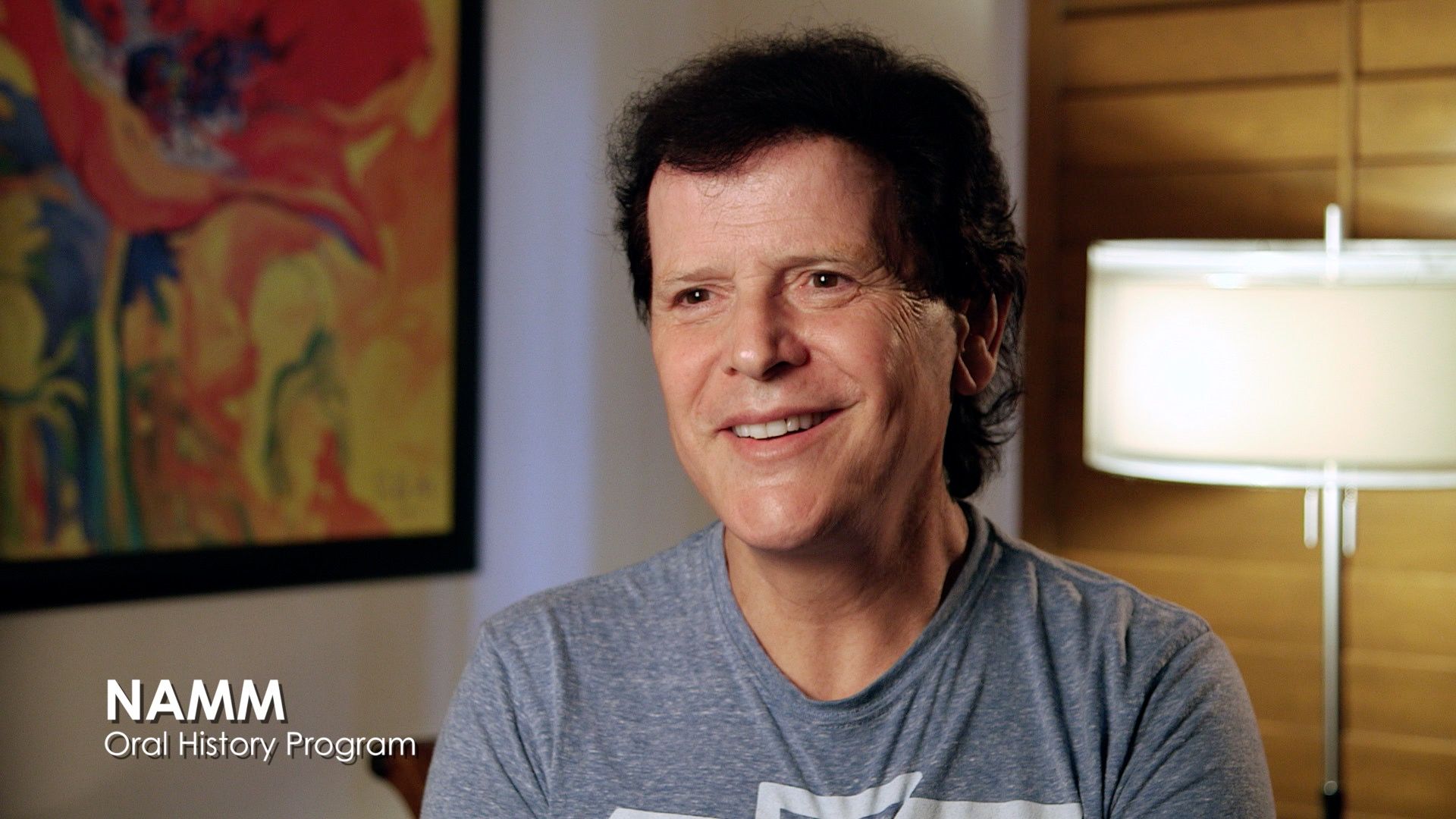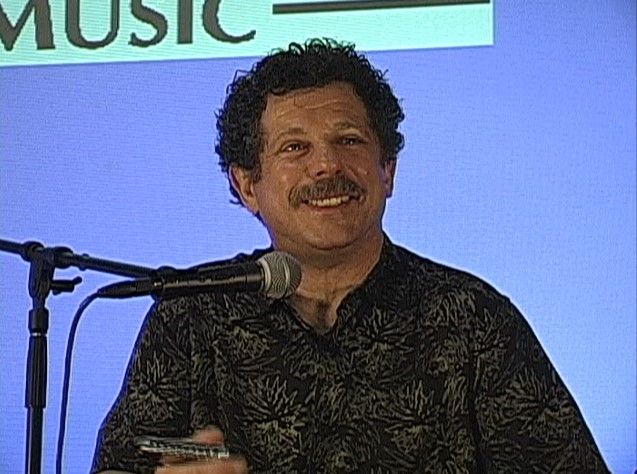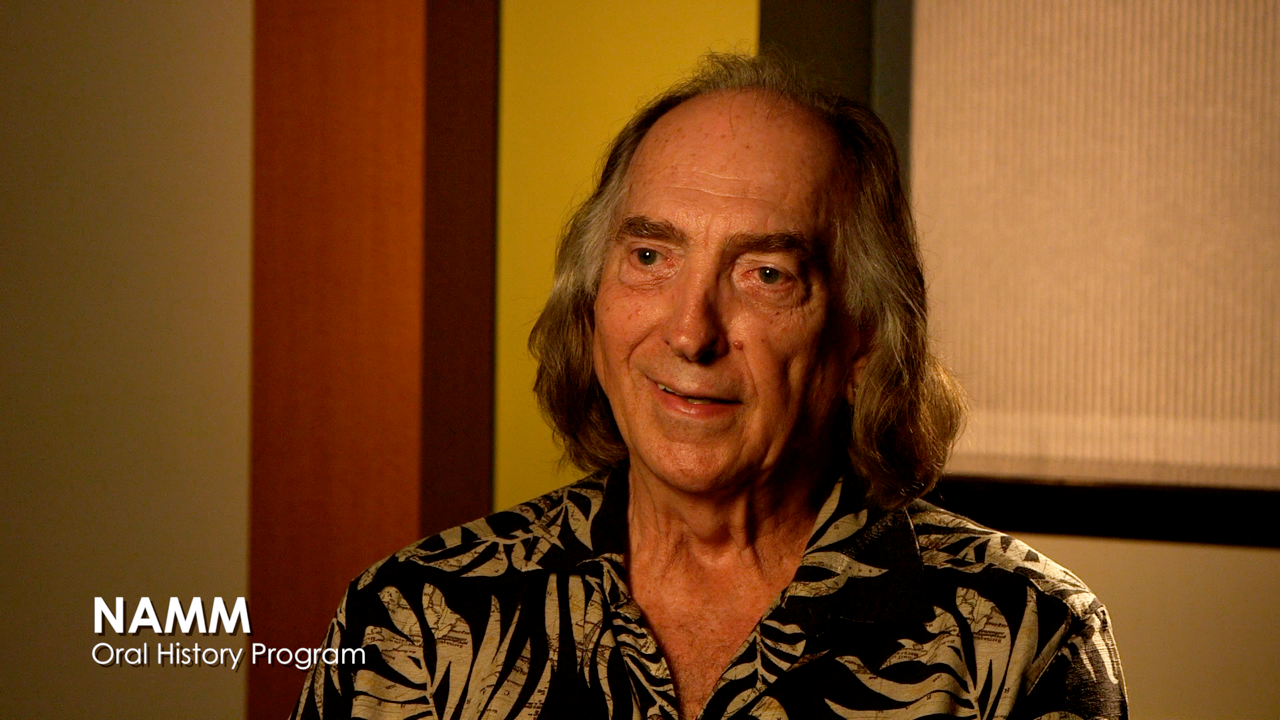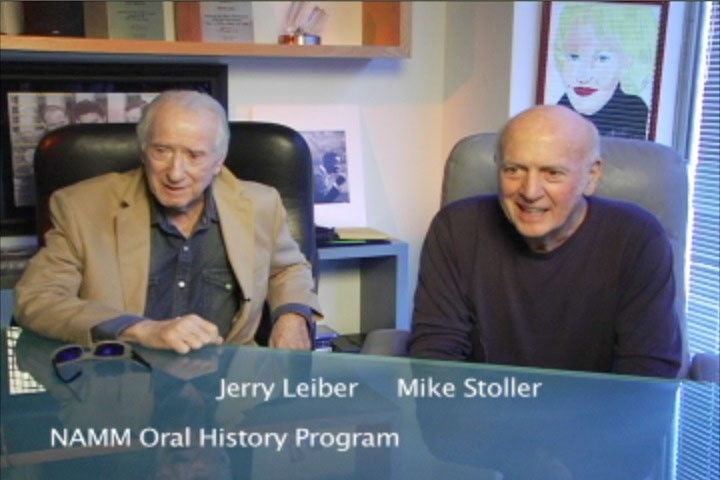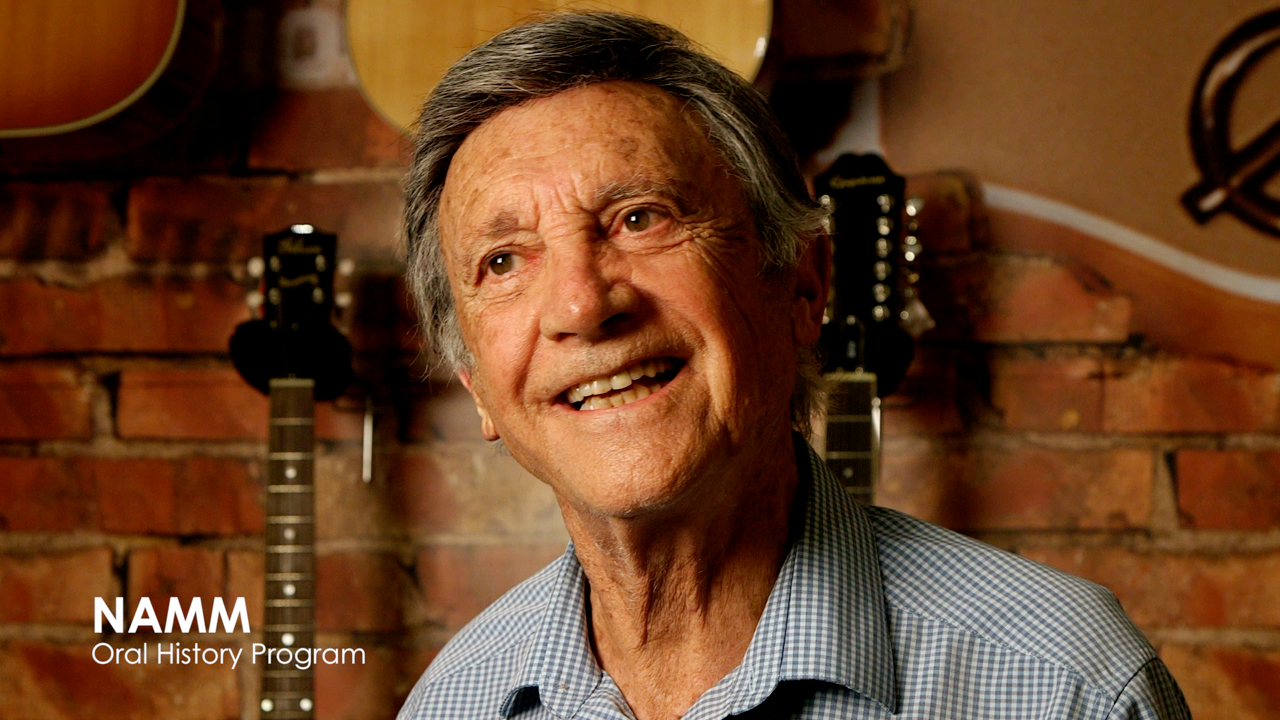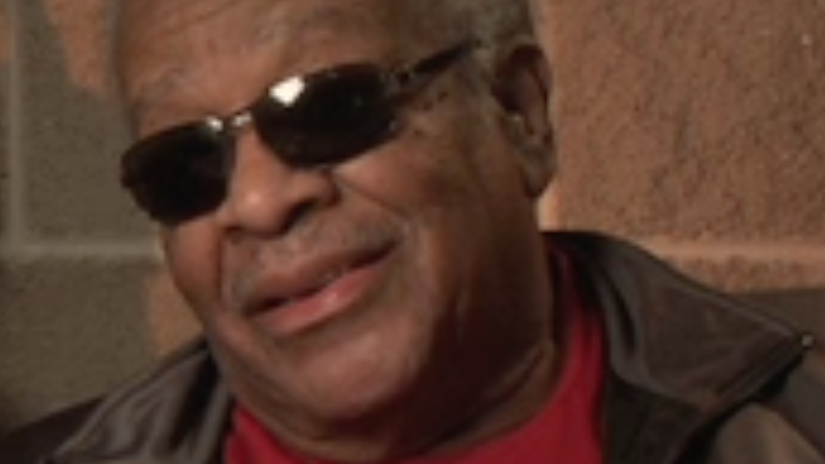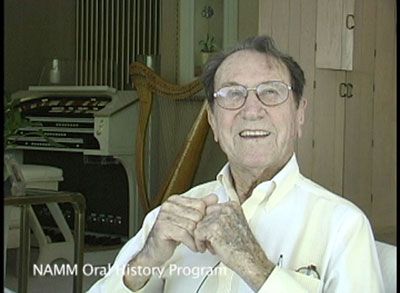Do you hear what I hear?
I wonder if you will listen to the Yes hit song “Owner of a Lonely Heart” the same way after you learn where the lyrics were written. During his NAMM Oral History interview, Trevor Rabin, the songwriter, and guitarist for the band revealed that he had the song’s musical hook in his mind for a while before the lyrics came to him.
After interviewing thousands of passionate people in the music products industry, I wonder if when you listen to your favorite music you hear what I hear?
What I hear is a very hard to reproduce synthesizer sound on Stevie Wonder's hit "Boogie On Ragge Women". The electric musical instrument used on this song was The Original New Timbral Orchestra or "TONTO" and was the engineering work of Malcolm Cecil and Bob Margouleff.
The opening flute solo on the rock classic "Going Up the Country" by Canned Heat was performed by studio musician Jim Horn. As a young saxophonist, I noticed Jim's skillful musical talents on a number of my favorite recordings including Elvis Presley's Roustabout movie soundtrack and the Beach Boy's album Pet Sounds. I was taken by the wide range of sounds and feelings he could produce, both in rhythm and in tone.
Do you hear what I hear? I hear the songwriter Mike Stoller howling at the end of Big Mama Thorton's version (the very first recording of the song, before Elvis) of "Hound Dog." Mike and his partner, Jerry Leiber, who wrote the words, both were on hand for the recording session. In fact, Mike was playing the piano. When the rest of Big Mama's blues band howled out at the end of the record, like a yard of dogs barking, Mike joined in. Do you hear him? I hear his excitement of having a blues pioneer record his song, long before anyone thought of it as a rock and roll anthem.
Do you hear what I hear? It's a now-famous drum beat on "Surfin' USA" by the Beach Boys. Maybe it has been some time since you paid close attention to the driving drums, but take a listen, you might hear what I hear. I hear studio musician Frank De Vito. Frank played in New York jazz clubs in the 50s and worked with Elvis on his 1967 TV comeback special. His creativity didn't stop with playing, in fact, in 1971 he formed his own percussion company that produced a number of instruments he engineered himself. What I hear is a little different than the regular driving rock backbeat, I hear a little swing and a little blues. I also hear the talents of a very fine gentleman who just couldn't turn Elvis' offer of a cigar down, even if Frank didn't smoke. After all, the King did offer!
I often wondered if you will be like me and listen to music or an instrument differently once you hear the story behind it.
Case in point: do you hear the tambourine in Motown hits such as "War" by Edwin Starr and "I Heard it Through the Grapevine" by Marvin Gaye? Take a listen for the tempo driving skills of Jack Ashford who was a session musician for the famed Detroit label during its glory days of the 1960s and 70s.
I often wondered if you will be like me and listen to music or an instrument differently once you hear the story behind it.
Case in point: do you hear the Leslie speaker played alongside the Hammond B3 in hits such as "Green Onions"? Once you learn a bit more about Don Leslie and his passion for pipe organs, a sound he wanted to reproduce electronically, you may hear those sounds with a better understanding as to why Don used the Doppler effect by spinning his speaker cones to provide a more lively and engaging experience.
